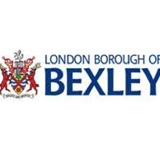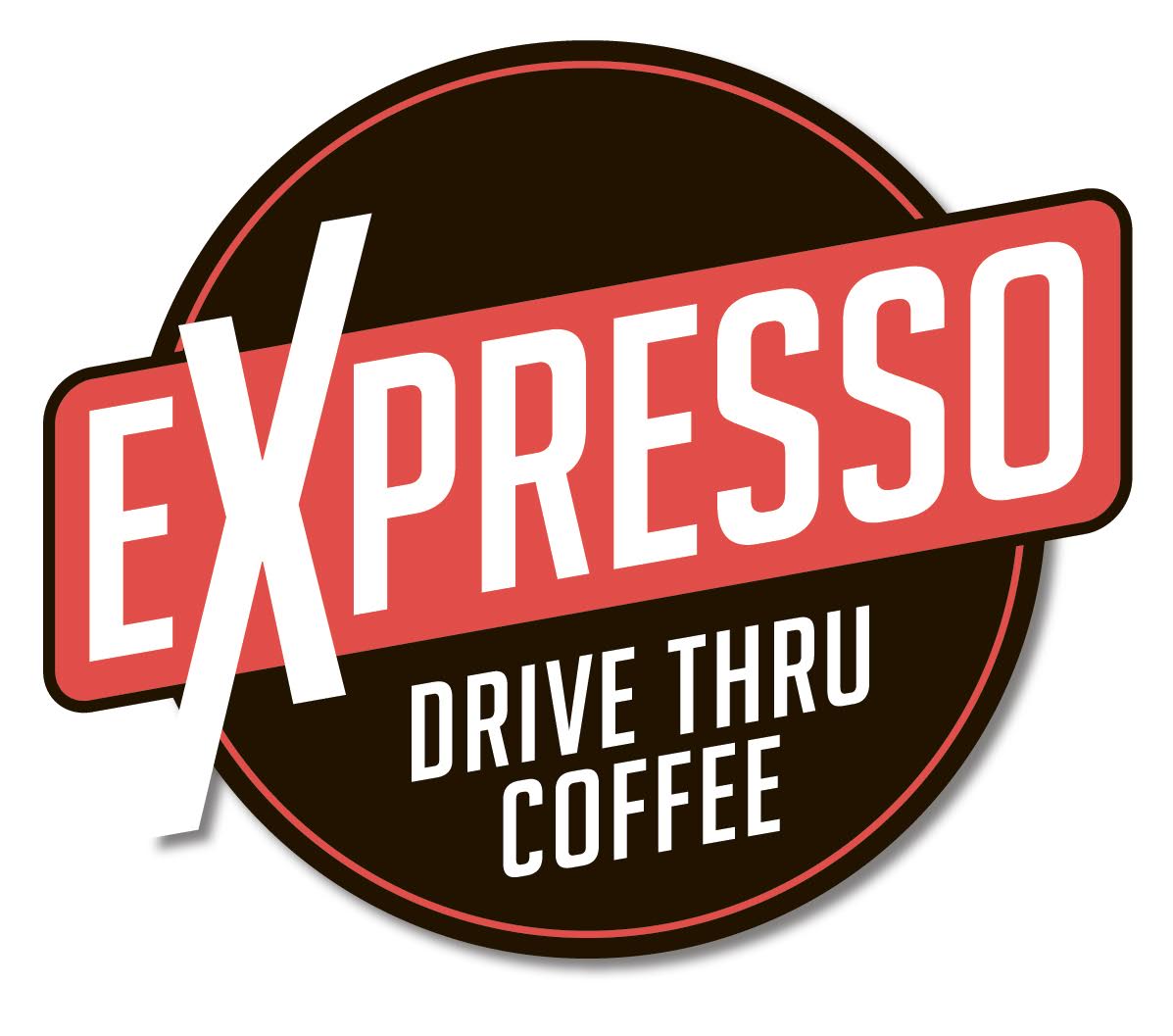Title Page
-
Conducted on
-
Prepared by
Cleanliness
-
The dishwashing area has a clear walking path
-
All clean dishes are properly stored on racks
-
Dirty dishes are separated from clean dishes
-
For the whole bakery - trash does not go higher than the top of any trash can
-
For the whole bakery - trash cans are not used as tables
Labeling
-
For the whole bakery - all items are labeled with the correct name of the product or ingredient
-
For the whole bakery - all open items are labeled with the date that they were opened or made
-
All frozen bakery products (breads, cookies, scones, croissant, doughs, cakes, etc) are labeled with their name and the date they were first made (original production date)
Allergen Control
-
Allergens are not over non-allergens on bakery rolling racks (ex. Sesame not over non-Sesame, Almond not over non-Almond)
-
Allergens are not over non-allergens on ingredient shelves (Ex. Wheat not over Sugar)
-
Allergens are only over the same allergen (ex. Wheat over Wheat) or over a complete mix that contains the allergen (ex. Wheat over Brownie Mix). Mixes are not stored over plain ingredients.
-
Sesame seeds are handled carefully to prevent spilling.
-
Nut toppings are handled carefully to prevent spilling
-
Gluten free products are produced first
-
If gluten-free products have to be made after regular bakery products, the whole table is cleaned and the baker uses a new apron and gloves
-
If sesame-free products have to be made after sesame products, the whole table is cleaned and the baker uses new gloves and checks their apron to be sure there are no sesame seeds
-
If nut-free products have to be made after nut products, the whole table is cleaned and the baker uses new gloves and checks their apron to be sure there are no nuts








